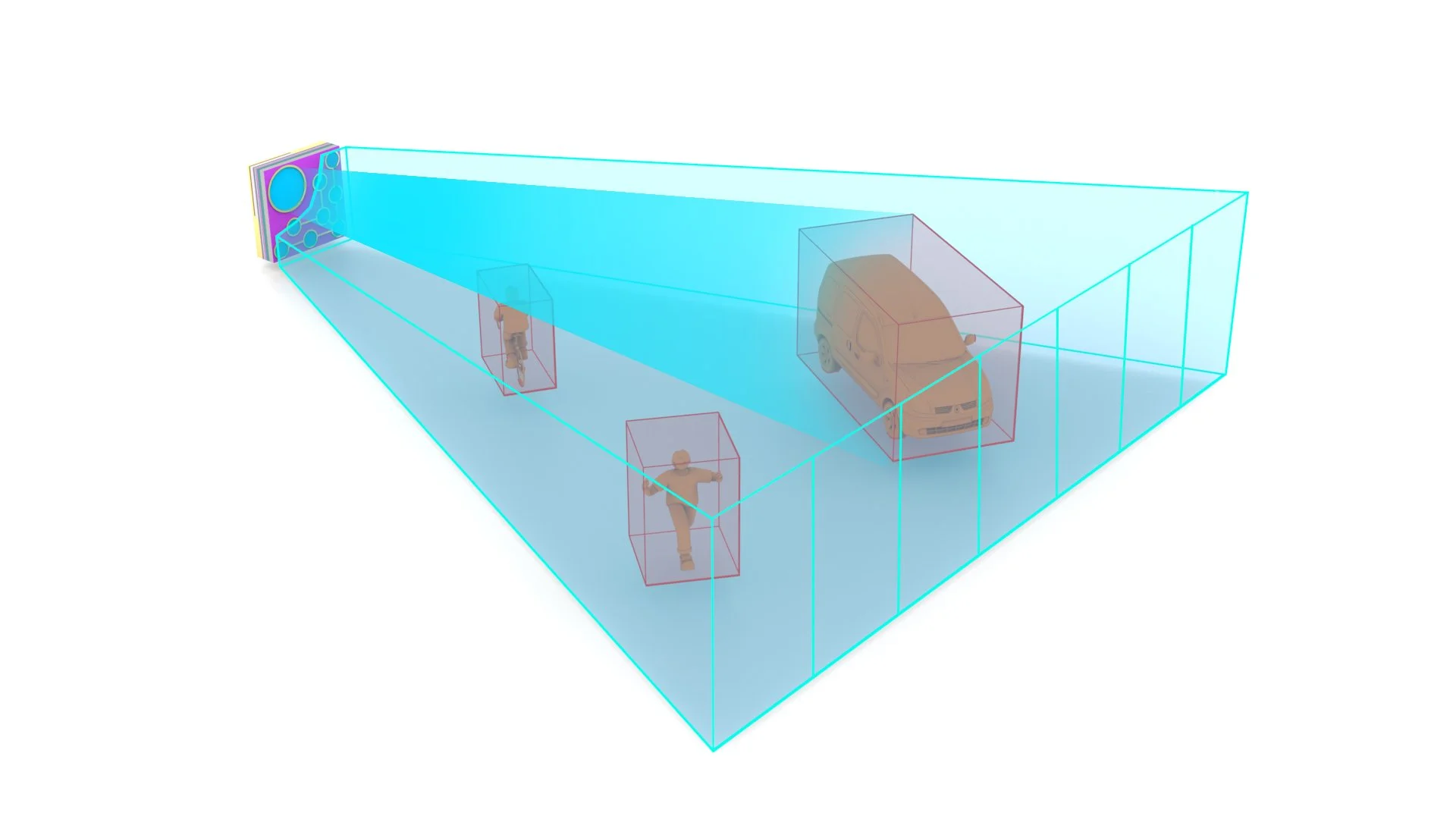Developments and Trends in Face ID VCSEL Technology for 2024
Understanding Face ID Technology
The Basics of Face ID
Face ID technology, primarily used for authentication purposes, leverages advanced biometric scanning to identify individuals. This system has gained popularity for its convenience and security.
Role of VCSEL in Face ID
Vertical-Cavity Surface-Emitting Lasers (VCSELs) are at the heart of Face ID technology. They emit infrared light to map the contours of a face, creating a 3D representation. This detailed mapping enhances accuracy and security, making VCSELs crucial components in modern biometric systems.
Evolution of Face ID VCSEL Technology
Early Stages
Initially, Face ID systems were bulky and less accurate. The early VCSELs used were larger and consumed more power, making them less efficient.
Major Milestones
Over the years, significant advancements have been made. From reducing the size of VCSELs to enhancing their efficiency, these milestones have paved the way for more reliable and user-friendly Face ID systems.
Current State in 2024
As of 2024, Face ID VCSEL technology is more advanced than ever. The devices are smaller, more accurate, and consume less power, offering a seamless user experience.
Key Developments in 2024
Enhanced Accuracy
One of the most notable developments in 2024 is the enhanced accuracy of Face ID systems. With improved VCSEL technology, the systems can now capture even finer details of a face, reducing false positives and negatives.
Improved Energy Efficiency
Energy efficiency has been a significant focus in recent developments. New VCSEL designs consume less power, making them ideal for mobile devices and wearables, where battery life is critical.
Miniaturization of Components
The trend towards miniaturization will continue in 2024. Smaller VCSEL components mean that Face ID technology can be integrated into a wider range of devices, including those with limited space.
Trends to Watch in Face ID VCSEL Technology
Integration with Other Biometric Systems
One of the emerging trends is the integration of Face ID with other biometric systems, such as fingerprint and iris recognition. This multi-modal approach enhances security and user convenience.
AI and Machine Learning Integration
The incorporation of AI and machine learning into Face ID systems is another exciting trend. These technologies enable the systems to learn and adapt, improving accuracy and speed over time.
Advancements in Security Features
As security threats evolve, so do the features of Face ID systems. New security measures, such as liveness detection and anti-spoofing technologies, are being integrated to counter sophisticated attacks.
Expansion into New Markets
Face ID technology is no longer confined to smartphones and tablets. It's expanding into new markets, including automotive, healthcare, and smart home devices, broadening its application and impact.
Challenges and Solutions
Privacy Concerns
With the growing use of Face ID, privacy concerns are on the rise. Users are wary of how their biometric data is stored and used. Companies like Ace Photonics are addressing these concerns by implementing robust data protection measures and transparent policies.
Technical Limitations
Despite advancements, technical limitations such as low light performance and varying environmental conditions remain challenges. Continuous research and development are essential to overcome these hurdles.
Market Adoption
Market adoption of new technologies can be slow. Educating consumers and businesses about the benefits and safety of Face ID systems is crucial for widespread acceptance.
The Future of Face ID VCSEL Technology
Looking ahead, the future of Face ID VCSEL technology is bright. Innovations in AI, machine learning, and miniaturization will continue to drive the evolution of these systems. We can expect even greater convenience and security as they become more integrated into daily life.
Conclusion
In conclusion, 2024 is set to be a landmark year for Face ID VCSEL technology. With advancements in accuracy, energy efficiency, and miniaturization, these systems are poised to become even more integral to our daily lives. Ace Photonics remains at the forefront, driving innovation and ensuring that Face ID technology continues to meet the demands of a dynamic market.



